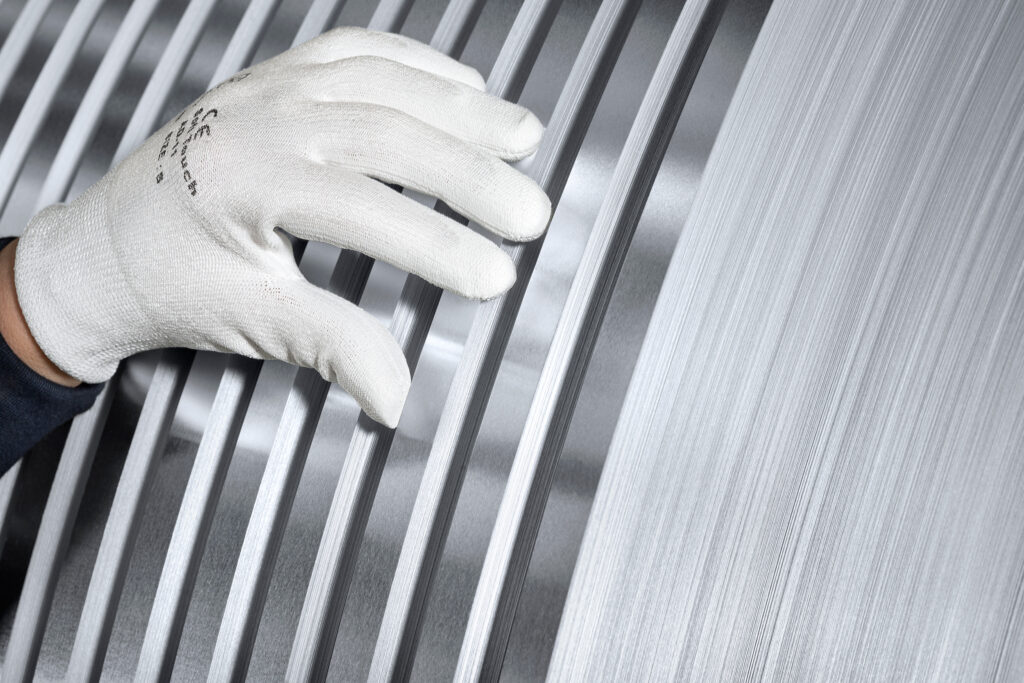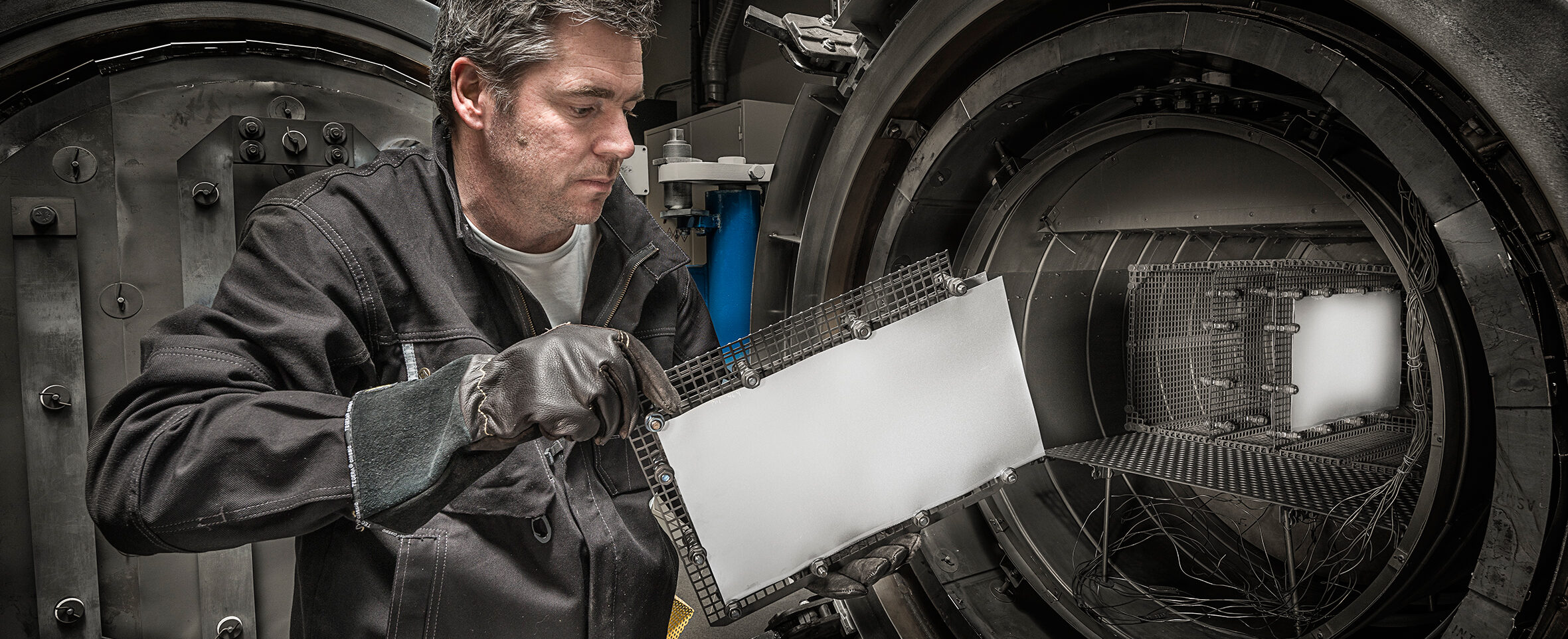Send us your feedback
Here you can send us feedback on the Maxess-website. Please describe the problem or what’s missing in a clear way, and on what page you found the issue. Thank you so much for your help!
A push towards flux-free aluminium brazing
Gränges Sweden AB together with Uppsala Synchrotronix and Linköping University use X-ray spectroscopy to understand how to develop a flux-free aluminium brazing treatment for aluminium plates, which would help Gränges to further improve their aluminium products.
Leading in aluminium engineering
The Sweden-based company Gränges is specialised in aluminium engineering and is a leading global supplier of aluminium products for, among others, heat exchanger applications and the automotive industry. In collaboration with Linköping University and Uppsala Synchrotronix AB, the company used MAX IV’s X-rays to investigate how to remove the surface oxide layer from aluminium sheets without using flux. The development of a flux-free brazing approach would contribute to improving the properties of Gränges’s aluminium products, while also providing a safer and more environmentally friendly solution.

Greener, safer, improved brazing
Gränges customers assemble aluminium sheets through brazing using braze clads, a fast and convenient assembly method. The technique used is called controlled atmosphere brazing (CAB), a procedure where brazing is performed in a furnace with nitrogen (N2) at temperatures around 600ºC. A crucial step preceding brazing is the removal of the surface oxide layer, which forms naturally on the aluminium surface. In the CAB technique, the oxide layer is dissolved using a potassium fluoroaluminate flux.
Oxide removal using a potassium fluoroaluminate flux presents some significant drawbacks: it is harmful to health and the environment, and its residues can impair the performance in heat exchangers by suppressing its cooling capacity. Due to these aspects, the development of flux-free brazing, using magnesium (Mg) as the oxide break-up agent, is an attractive alternative. First, flux-free brazing needs more in-depth knowledge to be optimised, standardised and applied in industrial production. And here’s where MAX IV comes into play.
The uniqueness of synchrotron light
At the HIPPIE and SPECIES beamlines at MAX IV, the team of representatives from Gränges, Linköping University, and Uppsala Synchrotronix AB performed advanced X-ray photoelectron spectroscopy (XPS) experiments on aluminium samples provided by Gränges. What makes XPS at MAX IV special is the high quality of the synchrotron X-ray beam and the unique setups available. Using the technology available at the Swedish synchrotron allowed the researchers to prevent the evaporation of Mg, a crucial aspect for this deoxidation study. They were furthermore able to observe the kinetics of the break-up process while it occurred (operando measurements) by performing the experiments at brazing temperatures in the protecting nitrogen atmosphere used in production operations. Thanks to these advantages, the authors obtained unprecedented insights on flux-free oxide removal.

The project successfully provided new information regarding changes in the oxide composition and Mg-kinetics. Being able to observe the oxide removal as never before, Gränges gained valuable inputs that are instrumental for the research and development of a stable process for flux-free brazing. With this knowledge, Gränges will make its class-leading aluminium products even better.
Contact Partners
Case Details
Gränges Sweden AB
SPECIESHIPPIEUppsala SynchrotronixLars-Åke Näslund, R&D Analysis & Design



